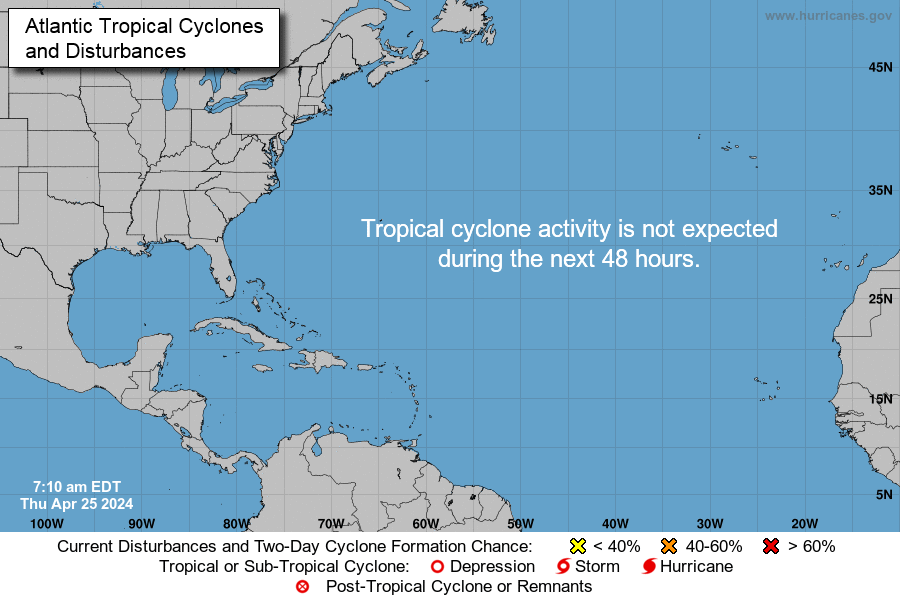Bandeira AC, Campos GS, Ribeiro GS, Cardoso CW, Bastos CJ, Pessoa TL, Araujo KA, Grassi MFR, Castro AP, Carvalho RH, Prates APPB, Gois LL, Rocha VF, Sardi SI. Clinical and laboratory evidence of Haff disease – case series from an outbreak in Salvador, Brazil, December 2016 to April 2017. Euro Surveill. 2017;22(24):pii=30552. DOI: http://dx.doi.org/10.2807/1560-7917.ES.2017.22.24.30552
“We describe a series of 15 Haff disease cases from an outbreak in Salvador, Brazil, starting early December 2016. Eleven cases were grouped in four family clusters of two to four individuals, four were isolated cases. All but one patient consumed cooked fish; 11 within 24h before symptoms onset. Cases consumed ‘Olho de Boi’ (Seriola spp.) and ’Badejo’ (Mycteroperca spp.). A total of 67 cases were detected, the last case was reported on 5 April 2017.”
Background: “….Cases of Haff disease were first described in 1924, in the Baltic region of Prussia and Sweden and involved the consumption of different cooked freshwater fish, such as burbot (Lota lota), pike (Esox sp.) and freshwater eel (Anguilla anguilla) [9]. In the US, the first cases of Haff disease were reported in Texas in 1984, and hereafter the Centers for Disease Control and Prevention (CDC) reported six additional cases of Haff disease in patients from California and Missouri, who had eaten buffalo fish [10]. In 2001, two cases were identified in North Carolina who had eaten baked Atlantic salmon [11] and in 2014, further individual case reports were published, both cases developed symptoms after the ingestion of buffalo fish [12,13]. In 2010, China reported cases associated with the ingestion of crayfish [14].
In Brazil, an outbreak of 27 cases of Haff disease occurred during 4 months in the northern state of Amazonas in 2008 [15] and an additional case from the Amazon region was reported in 2013 [16].
It is considered that the condition is due to an unknown toxin in the aquatic food chain…..”
Case definition: “We defined cases as patients presenting with (i) sudden onset of muscle pain in more than two body regions e.g. superior limbs, inferior limbs, neck/trapezium region, back region, thorax and abdominal region, not related to intense physical activity; (ii) elevated levels of creatinine phosphokinase (CPK) (more than fivefold above the upper limit of the normal reference value of 170 U/L (i.e. 850 U/L) within 24 hours of presentation; and (iii) patients who recalled an ingestion of fish or fish products within 72 hours before the onset of symptoms.”
Demographic and clinical characteristics of cases in outbreak of Haff disease, Salvador, Brazil, 1 December 2016–31 January 2017 (n=15)
| Characteristics |
Number or median (range) |
| Male |
9 |
| Age, years |
43 (14–75) |
| Symptoms/signs at first medical carea |
| Neck/Trapezium pain |
14 |
| Arms pain |
14 |
| Thighs or legs pain |
13 |
| Back pain |
10 |
| Thoracic pain |
2 |
| Abdominal pain |
2 |
| Throat pain |
1 |
| Muscle weakness |
6 |
| Fever |
0 |
| Rash |
4 |
| Dark urine |
8 |
| Vital signs |
| SBP, mmHgb |
146 (110–168) |
| DBP, mmHgb |
79 (60–89) |
| Heart rate, bpmb |
74 (60–97) |
| Comorbiditiesa |
| Arterial Hypertension |
1 |
| Hyperlipidaemia |
2 |
| Type II diabetes mellitus |
1 |
| Chronic atrial fibrillation |
1 |
| Depression |
2 |
| Hypothyroidism |
1 |
| Patients on statin therapy |
2 |
| Outcome |
| Hospitalisation |
13 |
| Acute kidney injury |
2 |
| Death |
0 |




